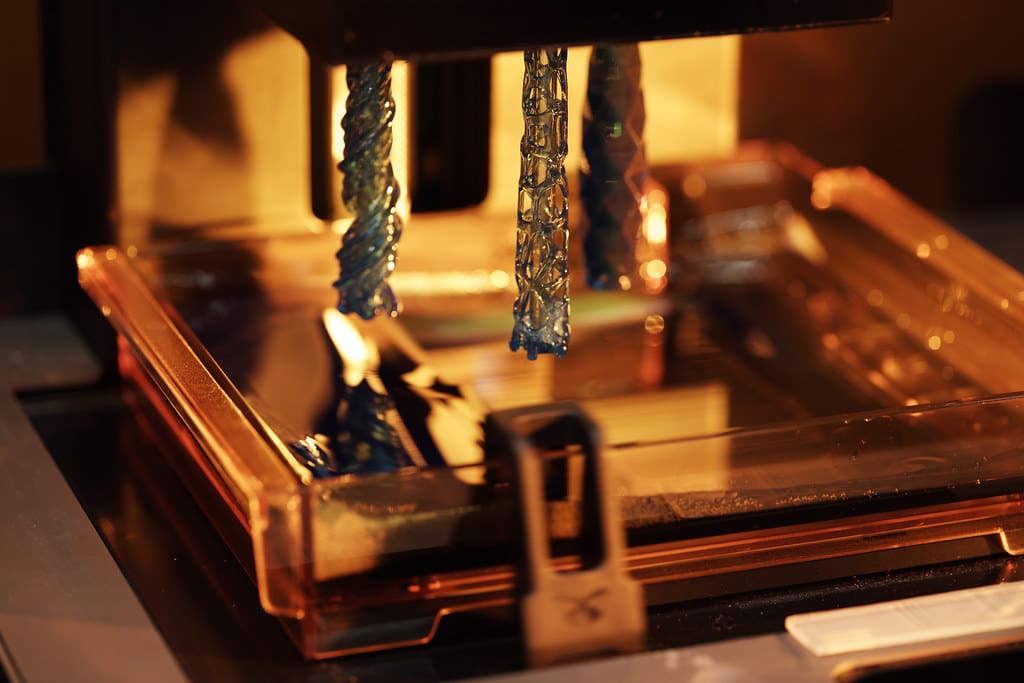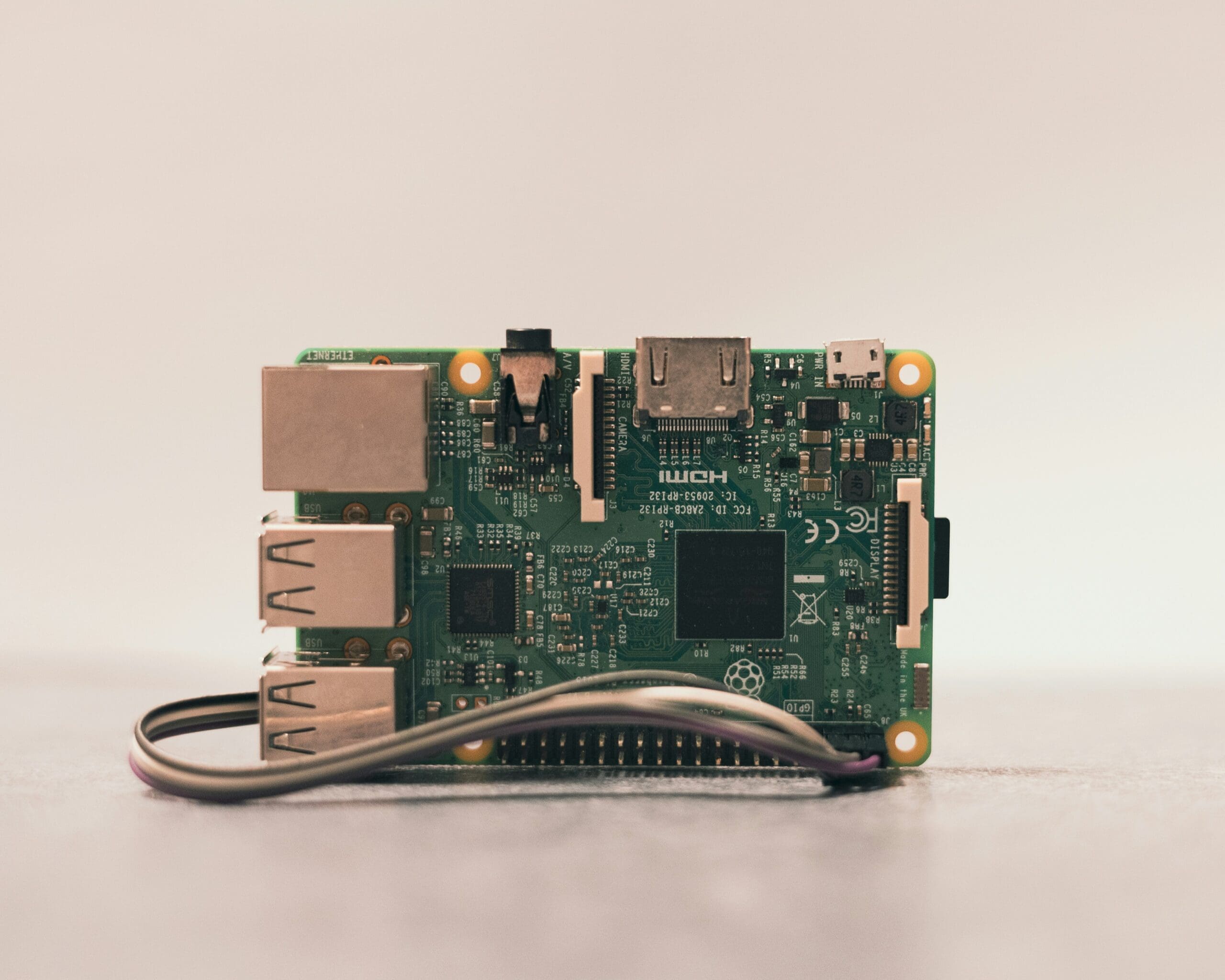Stereolithography (SLA) is a pioneer in the world of 3D printing technologies, known for its high precision and ability to produce smooth finishes with intricate details. Developed in the 1980s, SLA quickly became a foundational technology in additive manufacturing, setting the stage for the rapid prototyping and complex production capabilities we see in the industry today.
How SLA Printing Works
SLA 3D printing starts with a vat of photopolymer resin, which is a liquid plastic that hardens when exposed to ultraviolet (UV) light. The process involves a UV laser beam, which is directed by a computer-controlled apparatus to trace each layer of the object’s design onto the surface of the liquid resin. As the laser hits the resin, it solidifies the material according to the cross-sectional pattern of the design. After each layer is completed, the build platform either descends (in bottom-up systems) or ascends (in top-down systems) by a fraction of a millimeter, and the process repeats until the object is fully formed.

The precise movement of the laser allows for extremely detailed and complex geometries, making SLA ideal for applications requiring high accuracy and smooth surfaces. The unused resin remains in the vat and can be reused for future prints, making SLA not only precise but also economical with materials.
Advantages of SLA 3D Printing
The primary advantages of SLA lie in its exceptional detail and accuracy:
High Resolution: SLA can produce features as small as 0.05 mm, with smooth surface finishes that are ideal for visual prototypes.
Complex Geometries: Thanks to the precision of the laser, SLA can construct intricate shapes that are otherwise difficult to achieve with other 3D printing techniques.
Quality Surface Finish: SLA parts have smooth surfaces that require less post-processing than those created with filament-based techniques. This makes SLA a preferred choice for applications where aesthetic is just as important as function.
Applications of SLA 3D Printing
SLA is extensively used across various fields where detail and finish are crucial:
Dental and Medical: For creating custom dental implants and surgical guides that require strict tolerances and smooth surfaces.
Jewelry: In crafting detailed, complex designs where precision is paramount.
Engineering and Prototyping: Engineers favor SLA when developing prototypes for components that must be tested for fit and function, especially in tightly toleranced assemblies.
Considerations and Limitations
Despite its advantages, SLA printing comes with its own set of challenges:
Material Limitations: While there are various resin formulations available, they generally do not match the strength and temperature resistance of metals or engineered plastics. Resins can also be brittle, which may limit their use in functional parts.
Post-Processing: SLA requires thorough cleaning and curing, which involves washing the parts in solvent and further curing them in UV light to achieve full strength and stability.
Handling and Safety: Photopolymer resins require careful handling as they can be toxic, and proper safety measures must be adhered to during the printing process.
The Future of SLA Printing
Advancements in SLA technology continue to expand its capabilities and reduce its limitations. Innovations in resin chemistry are creating new materials that are more robust and versatile, opening up further applications for SLA printing. Furthermore, as both hardware and software improve, we can expect SLA printing to become faster and even more cost-effective.
Stereolithography remains a top choice for professionals who need high-quality, detailed parts with excellent surface finishes. Its ability to produce complex, precise models makes it indispensable in fields such as healthcare, dentistry, and fine arts. As the technology evolves, the scope of SLA’s applications will likely continue to grow, reaffirming its position as a key player in the additive manufacturing industry.








